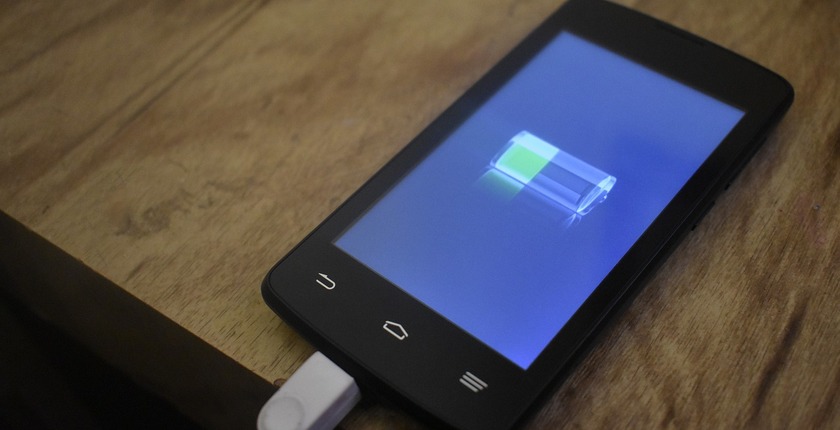
Photo: VeComoHacerlo from Pixabay
A team of Chinese scientists claim they have developed the first calcium-based battery that can charge and discharge completely 700 times at room temperature, potentially providing a cheaper and more sustainable alternative to lithium-ion batteries.
The team from Shanghai’s Fudan University believe their invention could turn calcium chemistry into a “promising, sustainable energy-storage technology.”
The Chinese scientists have also incorporated their calcium-oxygen device into fibers to create a flexible textile battery that could power a smartphone, according to a paper published in the journal Nature.
“The highest theoretical energy density among calcium-based batteries”
The Chinese scientists say calcium-oxygen (Ca-O2) systems show the highest theoretical energy density among calcium-based battery variants because the fuel is sourced from oxygen in the air rather than from a material stored within it.
The new battery’s performance and capacity remain limited, but the Chinese scientists hope that they could be enhanced through further engineering, according to reports.
Lithium-ion batteries are the most widely used worldwide due to their high energy density (energy storage capacity relative to weight or size).
Rising demand for batteries will cause lithium shortages in coming decades
However, according to the Chinese scientists, since calcium is as much as 2,500 times more abundant on Earth than lithium, the new battery offers a viable alternative with a possibly comparable energy density.
“A viable alternative with a possibly comparable energy density”
The global trend of rising demand for batteries for electric vehicles and devices, households and solar and wind power plants is set to cause severe shortages in lithium supply in the next decades.
In a bid to ensure enough lithium and other strategic minerals, the European Union has adopted a new legislation that will enable it to source them through deals with friendly third countries, including for controversial and potentially harmful lithium mining projects.


















Be the first one to comment on this article.